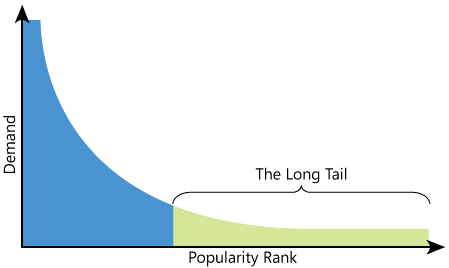 “It began with a small group of digital obsessives recording their heartbeat. Today the ‘quantified self’ movement is a gadget-filled fitness craze.” – (Sunday Telegraph Magazine, 2013)
“It began with a small group of digital obsessives recording their heartbeat. Today the ‘quantified self’ movement is a gadget-filled fitness craze.” – (Sunday Telegraph Magazine, 2013)
The quantified self goes beyond simply weighing oneself everyday, it goes to subjecting oneself to quantitative habits, its the incorporation of technology to gaining data such as oxygen, heartbeat, how much sleep one’s gotten, how many paces one’s walked and states of mood just to name a few.
So why would people do this? Why would people force themselves to be measured every moment of every day? The main objective here as told by Gary Wolf is that of self knowledge…of getting to know ourselves better.
One of the main aspects that is particularly interesting is how this digital-driven movement has moved towards becoming more fitness and wellbeing based. If you’re wearing a fitbit and tracking your heartrate and pace counter every day you’re participating in this movement.
Achieving self-knowledge, like Gary Wolf said, an important step towards self improvement, and many people gather in communities to share their data between each other, usually fitness-wise, where individuals all act as separate nodes in the community, each with the same equal goal.
It’s interesting as these huge amounts of data, are now generated daily by individuals, which could never happen before. This sort of big data can be extracted by huge companies and corporations to understand complex aspects of a place’s population, such as roughly on average the amount of exercise undertook daily.








